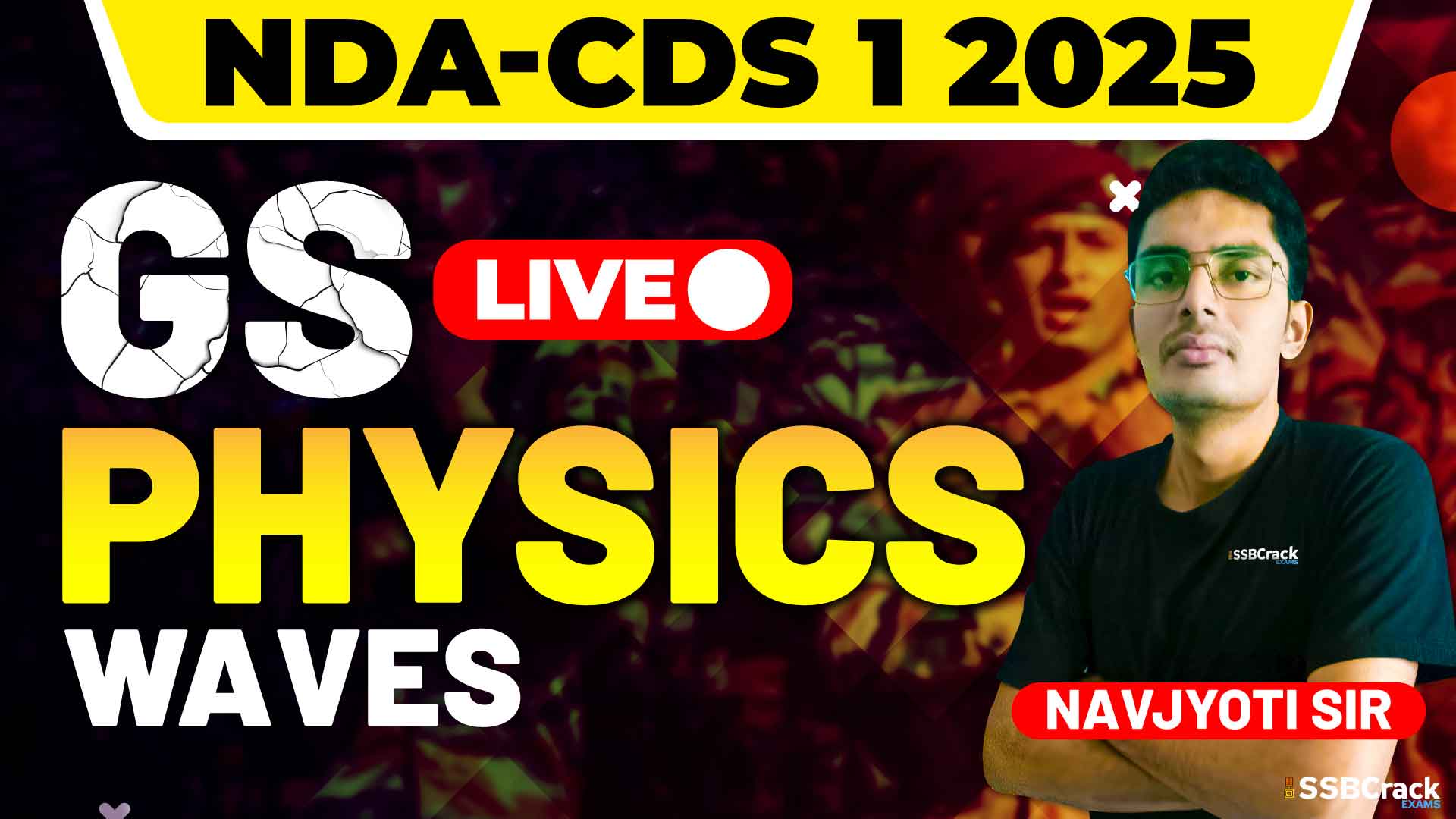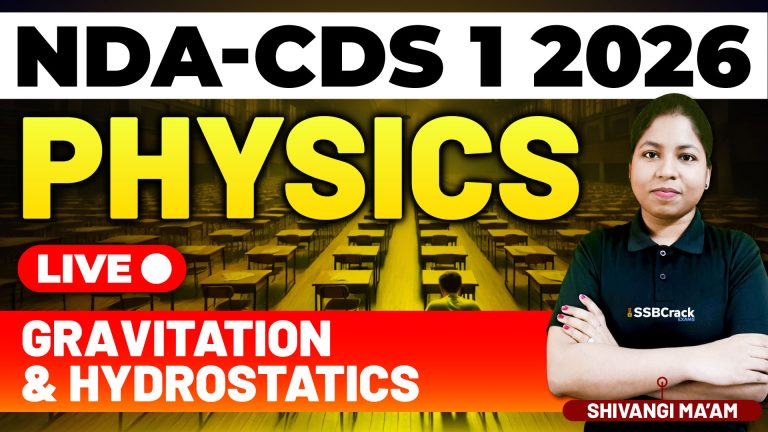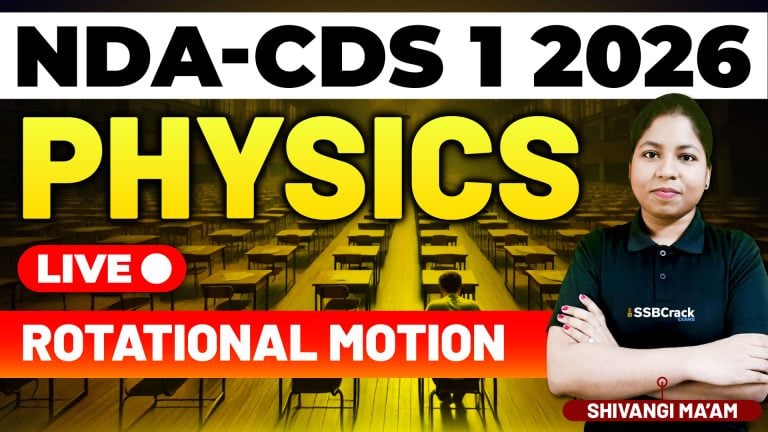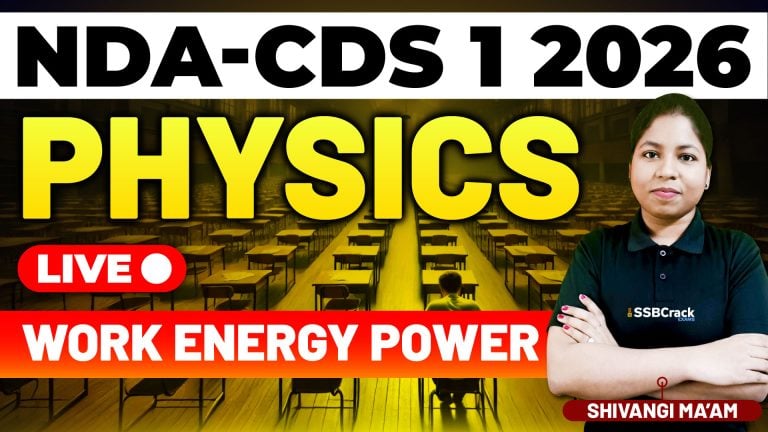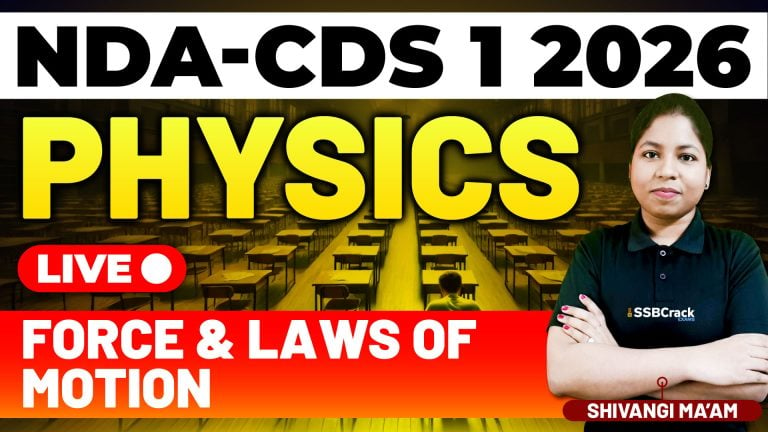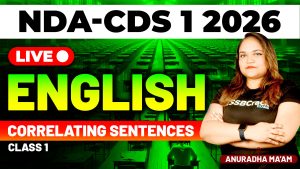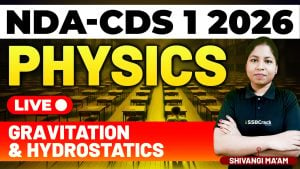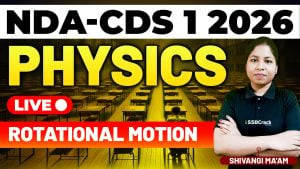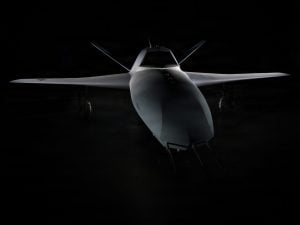Waves form an essential foundation in Physics, particularly for competitive exams like the National Defence Academy and Naval Academy (NDA-NA) Exam – Paper II (GAT) and the General Knowledge Paper of the Combined Defence Services (CDS) Exam. A recent class was conducted to explore this fascinating topic, covering its broad spectrum of subtopics. The session aimed to provide students with a comprehensive understanding of the nature of waves and their applications, ensuring they are well-prepared for the exam.
Overview of the Class
The class systematically delved into the topic of Waves, breaking it down into smaller, easy-to-understand subtopics. The key areas of discussion included:
1. Understanding Waves and Their Types
The session began by introducing the concept of waves, which are disturbances that transfer energy without transporting matter. Students were introduced to the three main types of waves:
- Mechanical Waves: These require a medium (like air, water, or solids) for propagation. Examples include sound waves and water waves.
- Electromagnetic Waves: These do not require a medium and can travel through a vacuum. Examples include light, X-rays, and radio waves.
- Matter Waves: Associated with the wave-like behavior of particles, these were briefly introduced to provide a complete picture.
2. Longitudinal and Transverse Waves
A detailed explanation of the two major types of mechanical waves followed:
- Longitudinal Waves: In these, particles oscillate parallel to the direction of wave propagation (e.g., sound waves).
- Transverse Waves: Here, particles oscillate perpendicular to the wave’s direction (e.g., light waves or water waves).
Practical examples and real-world applications were highlighted to make the distinction clearer.
3. Terms Associated with Wave Motion
The class then focused on building familiarity with key terms, which form the basis for understanding wave motion:
- Amplitude: The maximum displacement of a wave from its rest position.
- Wavelength: The distance between two consecutive crests or troughs.
- Time Period: The time taken for one complete wave cycle.
- Frequency: The number of wave cycles per second.
- Wave Velocity: The speed at which the wave travels through a medium.
- Angular Frequency: A term introduced to show the relationship between frequency and the wave’s motion.
4. Reflection, Refraction, Diffraction, and Interference
Next, students explored the behavior of waves under various conditions:
- Reflection: Waves bouncing back when they hit a barrier (e.g., echo in sound waves).
- Refraction: The bending of waves when they pass from one medium to another, such as light bending through a prism.
- Diffraction: The spreading of waves as they pass through narrow openings or around obstacles.
- Interference: The superposition of two waves, leading to constructive or destructive interference (e.g., patterns in soap bubbles).
Each phenomenon was explained with everyday examples, making them more relatable and easier to grasp.
5. Polarization of Waves
This segment introduced the concept of wave polarization, where certain vibrations are filtered out to restrict a wave to a specific plane. While primarily applicable to transverse waves (like light), the class touched upon its practical uses, such as polarized sunglasses reducing glare.
6. Electromagnetic Waves
The session concluded with a discussion on electromagnetic waves. Topics covered included:
- Properties: Electromagnetic waves do not require a medium, travel at the speed of light, and consist of oscillating electric and magnetic fields.
- Electromagnetic Spectrum: Students learned about the spectrum ranging from radio waves to gamma rays, with emphasis on visible light, X-rays, and microwaves.
- Uses of Each Wave Type: Practical applications of different waves were highlighted, such as radio waves in communication, infrared in remote controls, ultraviolet for sterilization, and gamma rays in medical imaging.
Strategies to Master the Topic of Waves
For students preparing for competitive exams like NDA-NA and CDS, a focused strategy is crucial to mastering this topic. Below are some recommended approaches:
1. Build a Strong Foundation
- Begin by understanding the basic properties of waves and their classifications.
- Use diagrams and animations to visualize wave motion, making the concepts easier to comprehend.
2. Master the Key Terms
- Create flashcards for terms like amplitude, wavelength, frequency, and wave velocity to memorize them effectively.
- Relate these terms to real-world examples, such as sound waves for amplitude and frequency.
3. Learn Through Examples
- Study natural phenomena like echoes (reflection), rainbows (refraction), and sound diffraction around obstacles.
- Link these examples to the theoretical concepts discussed in the class.
4. Solve MCQs
- Practice solving previous years’ questions to familiarize yourself with the exam pattern and frequently asked topics.
- Work on additional MCQs to build confidence and reinforce your understanding.
5. Use Visual Aids
- Study the electromagnetic spectrum through charts or infographics.
- Draw diagrams for wave behavior during reflection, refraction, and diffraction.
6. Take Regular Mock Tests
- Simulate exam conditions by taking timed tests, focusing on wave-related questions.
- Review incorrect answers to identify areas for improvement.
7. Revise Consistently
- Dedicate time for regular revision, using concise notes or mind maps.
- Focus on understanding rather than rote memorization, particularly for applications of electromagnetic waves.
Conclusion
The recent class on Waves provided students with a comprehensive understanding of this critical topic, focusing on both theoretical knowledge and its practical applications. By covering subtopics like wave types, behaviors, and the electromagnetic spectrum, the session equipped students with the tools to tackle wave-related questions confidently.
For NDA-NA and CDS aspirants, mastering the topic of waves requires a clear understanding of concepts, consistent practice, and a focused approach to revision. With these strategies in place, students can confidently approach this section, knowing they are well-prepared to excel.
Stay consistent, practice diligently, and let your preparation resonate with success in the exam hall!
